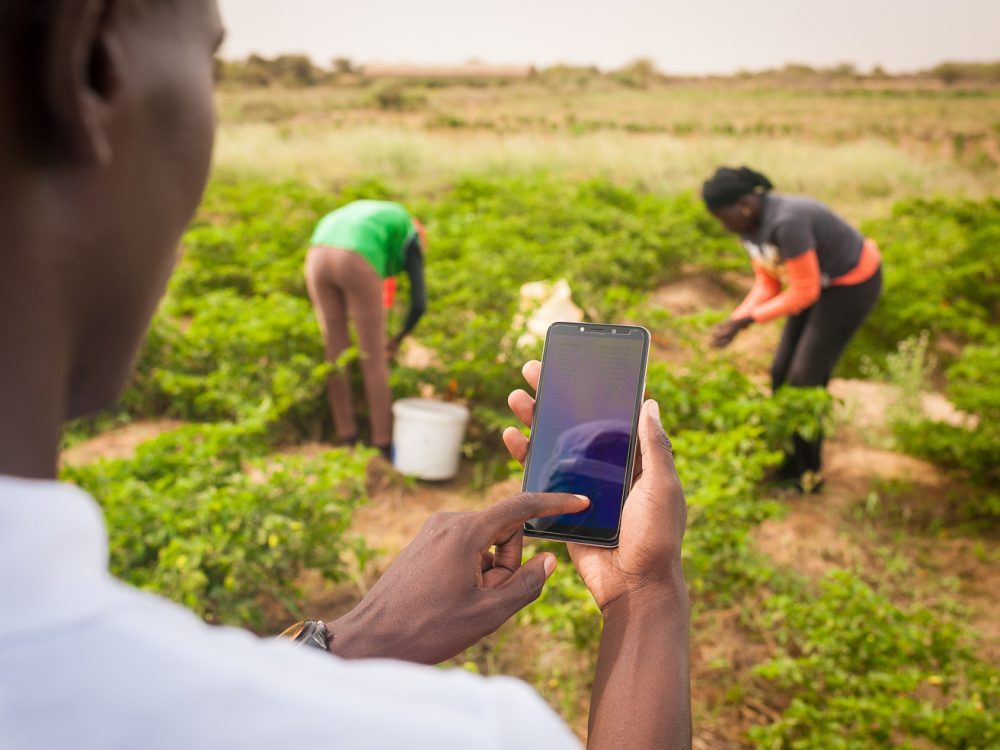Open Contracting in West Africa: DG Introduces Assessment Reports
Over the past several months, Development Gateway and the Open Contracting Partnership have been studying open contracting readiness across West Africa. Today, we are pleased to announce the publication of a series of open contracting scoping studies.
Working with the support of the support of the Foreign & Commonwealth Office (UK), we have produced:
-
Country reports aimed at assessing open contracting readiness in Nigeria, Ghana, Senegal, Liberia, and Guinea;
-
A synthesis report highlighting practical steps for encouraging open contracting implementation in these 5 countries and in Cote d’Ivoire; and
- An analysis of the view of the public markets in the 5 assessment countries from British and international businesses interests, conducted by IBLF Global.
What did we find?
For starters, we found improvement.
Over the past 15 years, many of the study countries adopted legal reforms aimed at improving the efficiency, effectiveness, competitiveness, and transparency of public procurement systems, engaging civil society and citizens in the process. The Nigerian Bureau of Public Procurement has convened a civil society working group and is developing an open contracting data portal (http://www.nigeriaoc.org/), based on the Open Contracting Data Standard, to facilitate public access to procurement information. Ghana’s Public Procurement Authority publishes substantial data related to the tender, award, and contracting phases of the procurement process, while the Senegal’s Public Procurement Regulatory Authority (Autorité de Régulation des Marchés Publics) has launched a master’s degree program in public procurement.
However, we also found a number of challenges. In many countries, there remains a gap between procurement laws and their implementation, particularly when it comes to smaller ministries and agencies. Improved access to information is needed, in order for citizens to trust that procurement is being conducted efficiently and legally procurement authorities must review their data collection policies and analytics to enhance their abilities to effectively track market competitiveness, corruption risk, and the performance of procuring entities. Furthermore, all of the countries we studied can benefit from increased support for training and the adoption of appropriate technology tools to facilitate procurement implementation, data collection, and oversight.
Over the next couple weeks, we will be publishing additional analysis based on our report findings.
Share This Post
Related from our library

Introducing The HackCorruption Civic Tech Tools Repository
Introducing the Civic Tech Tools Repository: an open-source hub of digital solutions to fight corruption. Designed for growth through GitHub contributions, it brings together tools, code, and resources across six key areas for HackCorruption teams and beyond.

Building a Sustainable Cashew Sector in West Africa Through Data and Collaboration
Cashew-IN project came to an end in August 2024 after four years of working with government agencies, producers, traders, processors, and development partners in the five implementing countries to co-create an online tool aimed to inform, support, promote, and strengthen Africa’s cashew industry. This blog outlines some of the key project highlights, including some of the challenges we faced, lessons learned, success stories, and identified opportunities for a more competitive cashew sector in West Africa.

Digital Transformation for Public Value: Development Gateway’s Insights from Agriculture & Open Contracting
In today’s fast-evolving world, governments and public organizations are under more pressure than ever before to deliver efficient, transparent services that align with public expectations. In this blog, we delve into the key concepts behind digital transformation and how it can enhance public value by promoting transparency, informing policy, and supporting evidence-based decision-making.